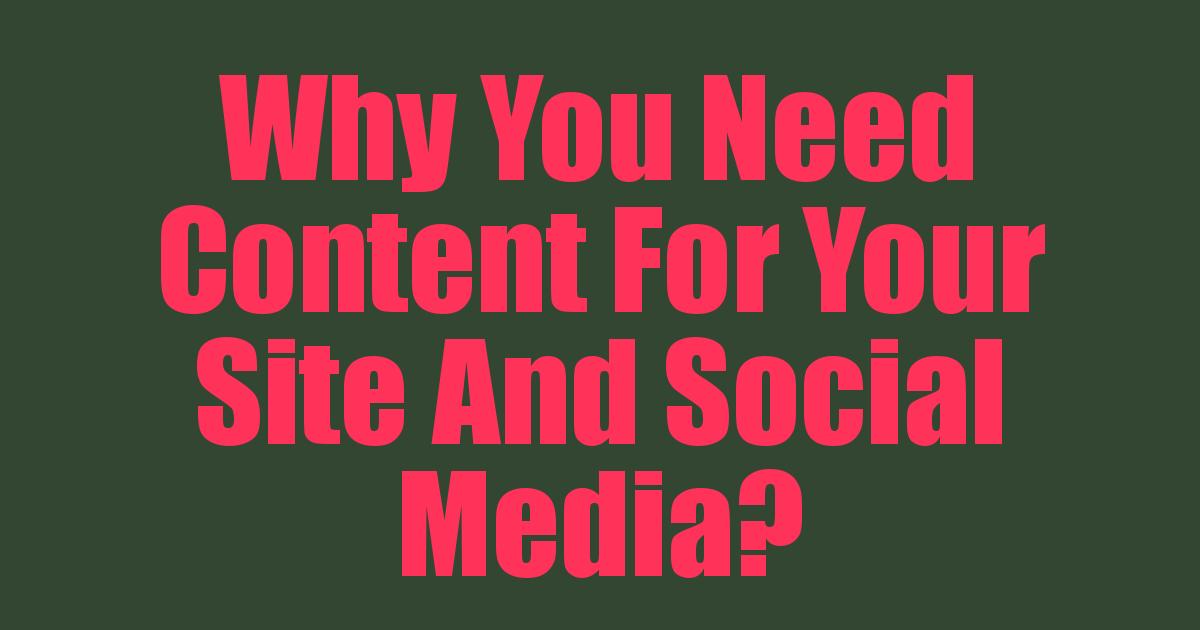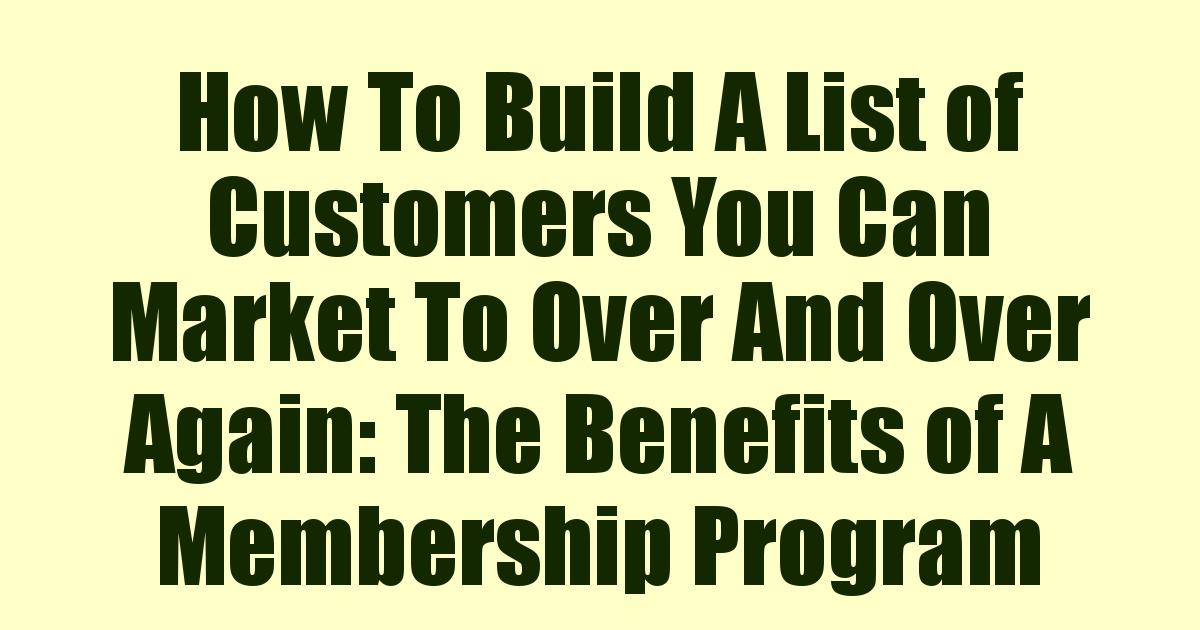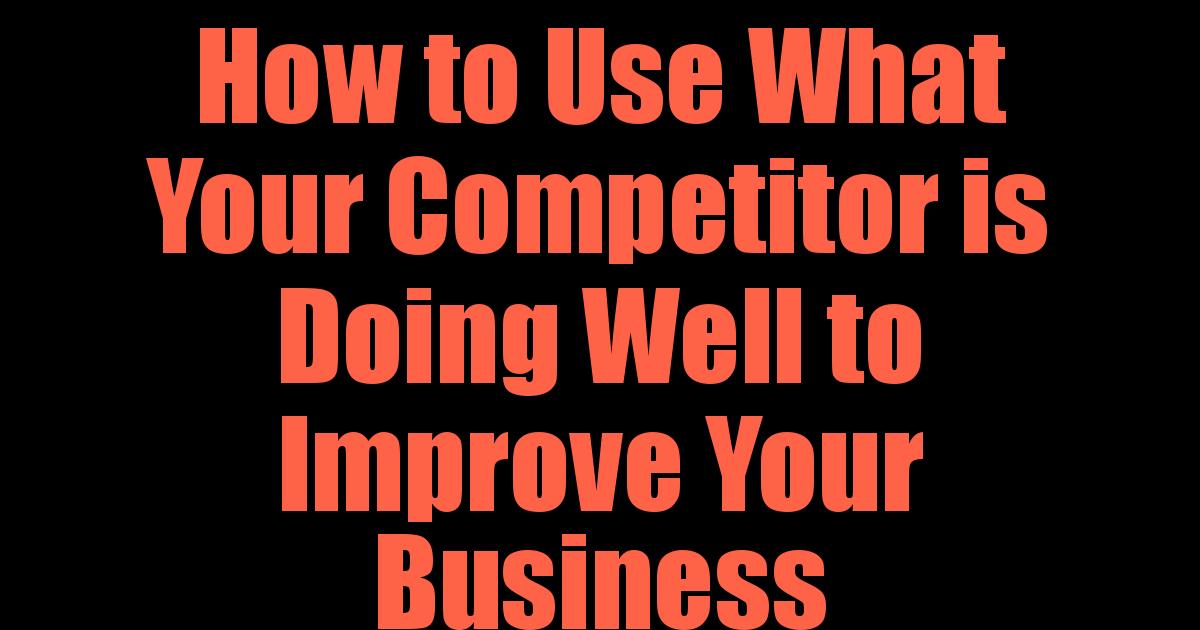 Search engines remain one of the most common tools users are utilizing to find things online, Google of course being the most prominent among them. Search engine optimization is therefore key and making your site visible and getting your content on more eyes. You need traffic to build an audience, and an audience to build conversions. That starts with search engine optimization. There are different types of search engine optimization including off-page and on-page, and the rules vary a little by search engine.
Search engines remain one of the most common tools users are utilizing to find things online, Google of course being the most prominent among them. Search engine optimization is therefore key and making your site visible and getting your content on more eyes. You need traffic to build an audience, and an audience to build conversions. That starts with search engine optimization. There are different types of search engine optimization including off-page and on-page, and the rules vary a little by search engine.
For the sake of this post we will focus on practical ways you can create your written content in a way that optimizes your on-page content for Google.
Choosing Your Keyword
The first step in optimizing any content you write is going to be choosing your “keyword” the keyword is the main word in your text, which you want to stick out to search engines. In other words you want to try and think of a keyword that users searching for what your page has to offer, would type into a search engine. You then must attach that keyword to engaging and relevant content to draw people in.
It's important the keyword is related to the content, makes sense, and provides useful and accurate information, don't use “click-bait” and other deceitful tactics or Google, along with your users, may view you as untrustworthy.
In general, you should try to use “long tail” keywords, or keywords that are written as common phrases or terms people might input into a search engine, that usually consists of four words or more. Before you choose a keyword you'll want to do keyword research. Keyword research involves finding a keyword that is relevant to the content you want to promote, is a popularly used search term, and is easy to rank against the competition. You can use Google keyword research tool or a an automated programs like Web Fire which also tells you how you rank against the competition for your chosen keywords.
Headings, Subheadings, and Plain Text
All of your titles and subtitles should try to include your keyword. Most importantly it should be included in your main heading, and as many subheadings as you can. Your keyword also needs to be incorporated naturally and somewhat frequently (but not too frequently) throughout the body of your main texts. You need to use the keyword as much as you can but essentially without seeming like you're trying to. Because google may penalize you for “keyword” stuffing you don't want to overdo it. In the old days SEO experts used to tell to put the keyword in every paragraph and every sentence that you could, but this is no longer the case.
Many experts recommend a keyword density of 1% or 2% of your entire text bodies, but others say there's really no real rule of thumb.
Images and Alt Text
All content should contain imagery, it makes a post more engaging and for many it just feels more accurate when there's picture in front us to support the text. Relevant images are very important in search engine optimization as well. The “alt text” for instance should be considered. The alt text of in image is simply that let little text caption that pops up whenever you hover your mouse over an imagine.
The alt text of an image plays a role in search engine placement as well and should include the keyword you want to optimize.
Links for Trust and Click-Through
For the sake of search engine optimization every post should have links. There's just something about them that make a page more appealing visually, but they also boost your search engine ranking. Every post, if possible, you should include at least two or three linked references to high authority websites to establish trust.
As you develop more content on your page you'll also want to create links to that as well. Try writing your content in a way that may loosely relate to something you've produced before, and include a link to it. Whenever possible try to get at least two or three links on your page to content you've produced before, as long as its loosely similar subject matter to your current post.
Using Optimized Tools
Optimizing content for SEO is anything but easy. Many times the devil is in the details and it's a lot to remember, but you should get the hang of things in time as you learn more and more. Luckily, there is an easier way. You can also create original, already optimized content using automated programs like Robot Author to save you the time and headache.

 Contests can be a great way to grab more leads or prospects, get feedback or testimonials from existing customers, encourage participation or attendance on webinars, and more. And, it’s not like you have to give away a car or something crazy expensive. In fact, often times cheaper giveaways will help increase your conversions even more (perhaps because they think they’ll have a better chance of winning?).
Contests can be a great way to grab more leads or prospects, get feedback or testimonials from existing customers, encourage participation or attendance on webinars, and more. And, it’s not like you have to give away a car or something crazy expensive. In fact, often times cheaper giveaways will help increase your conversions even more (perhaps because they think they’ll have a better chance of winning?).
 How can you encourage customers to make their second, third, and fourth purchase with you? How can you entice them to keep coming back and buying from you, changing them from a once off customer to a regular? Future-use coupons are one great strategy to employ to incentivize customers to make that next buy.
How can you encourage customers to make their second, third, and fourth purchase with you? How can you entice them to keep coming back and buying from you, changing them from a once off customer to a regular? Future-use coupons are one great strategy to employ to incentivize customers to make that next buy.
 There is no doubt about the fact that unique and attractive content is an essential part of your website and social media profiles. Excellent content, along with a well-thought out social media marketing strategy, will help your website stand out in the crowd and attract more users to your brand.
There is no doubt about the fact that unique and attractive content is an essential part of your website and social media profiles. Excellent content, along with a well-thought out social media marketing strategy, will help your website stand out in the crowd and attract more users to your brand.
 A membership program is where your customers sign up, either for free or for a fee, to be part of a community or elite club. As an incentive to sign up they often receive special discounts, invites to product launches, early access and other rewards. The benefit to you is that by offering incentives and rewarding customers’ loyalty, you encourage them to keep coming back to you and buying from your business. You also have the benefit of beginning to build a list of clients that you can regularly market to and offer deals to.
A membership program is where your customers sign up, either for free or for a fee, to be part of a community or elite club. As an incentive to sign up they often receive special discounts, invites to product launches, early access and other rewards. The benefit to you is that by offering incentives and rewarding customers’ loyalty, you encourage them to keep coming back to you and buying from your business. You also have the benefit of beginning to build a list of clients that you can regularly market to and offer deals to.
 It’s time to check out the competition!! In school it may have been called cheating, but in the business world it’s just good old-fashioned market research!
It’s time to check out the competition!! In school it may have been called cheating, but in the business world it’s just good old-fashioned market research!
 There’s many strategies to increase conversions, but have you tried this one? Try ending your prices with a 7, .95, 5 or .95. Instead of charging $10, for instance, consider charging $9.97. Even though it’s only a few cents less, people seem to think that it sounds cheaper. Even on high priced items the same tricks can work. For instance, you’ve probably never seen a car advertised for $30,000. Instead, you’ll see it advertised for something like $29,995.
There’s many strategies to increase conversions, but have you tried this one? Try ending your prices with a 7, .95, 5 or .95. Instead of charging $10, for instance, consider charging $9.97. Even though it’s only a few cents less, people seem to think that it sounds cheaper. Even on high priced items the same tricks can work. For instance, you’ve probably never seen a car advertised for $30,000. Instead, you’ll see it advertised for something like $29,995.
